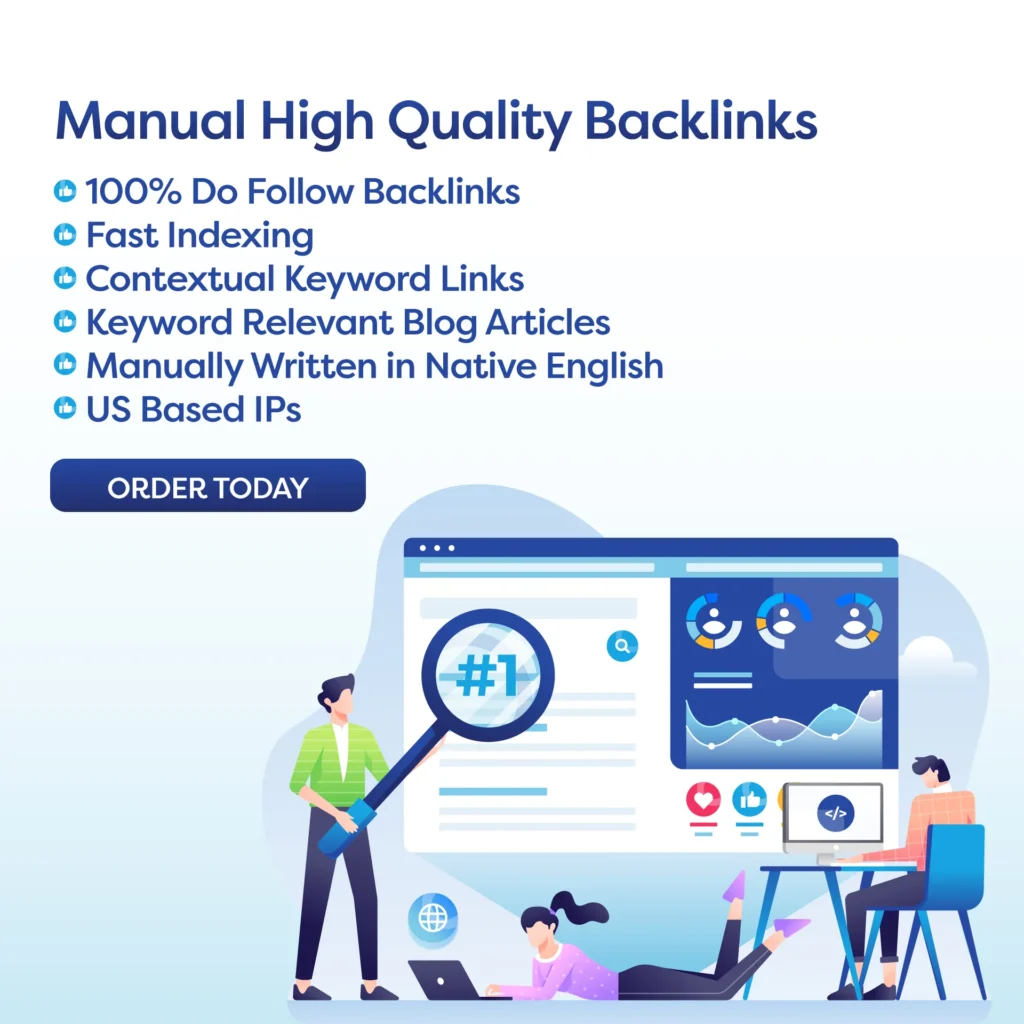Mobile Optimization: Capture the Mobile Audience
The Rise of Mobile Searches
In today’s fast-paced world, people are constantly on the go and rely heavily on their mobile devices for information. With the increasing availability of smartphones and tablets, mobile searches have become a dominant force in the digital landscape. In fact, according to a study by Statista, mobile devices accounted for 53.3% of global website traffic in 2019 and this number is expected to continue to rise in the coming years.
What is Mobile Optimization?
Mobile optimization is the process of ensuring that a website is designed and developed to function seamlessly on mobile devices. This includes adjusting the layout, content, and design of a website to provide the best possible user experience on smartphones and tablets.
With the majority of website traffic coming from mobile devices, it is essential for businesses to optimize their websites for mobile users. Failure to do so can result in a poor user experience, which can lead to a high bounce rate and ultimately, a loss of potential customers.
The Importance of Mobile Optimization
As mentioned earlier, the number of mobile searches is continuously increasing and this trend is expected to continue in the foreseeable future. This means that a large portion of your target audience is accessing your website through their mobile devices. If your website is not optimized for mobile, you may be missing out on a significant portion of potential customers.
In addition, Google and other search engines have placed a strong emphasis on mobile optimization in their ranking algorithms. This means that websites that are not optimized for mobile may rank lower in search engine results, making it more difficult for potential customers to find your website.
Best Practices for Mobile Optimization
So, how can you ensure that your website is optimized for mobile users? Here are some best practices to keep in mind:
1. Use a Responsive Design
A responsive website design allows your website to adapt to different screen sizes, ensuring that it looks and functions seamlessly on all devices. This eliminates the need for a separate mobile website and provides a consistent user experience across all devices.
2. Optimize Images and Videos
Large images and videos can significantly slow down a website’s loading time, especially on mobile devices. This can lead to a poor user experience and a higher bounce rate. Make sure to optimize your images and videos for mobile devices by compressing them and using the appropriate file formats.
3. Simplify Navigation
Mobile screens are much smaller than desktop screens, so it’s important to simplify your website’s navigation for mobile users. This means reducing the number of menu items and using clear and concise labels.
4. Prioritize Content
Mobile users are often looking for quick information, so it’s important to prioritize your website’s content for mobile optimization. Make sure that your most important information is easily accessible and avoid long blocks of text that can be difficult to read on a small screen.
5. Test and Monitor Performance
It’s important to regularly test and monitor your website’s performance on mobile devices. This will help you identify any issues or areas for improvement. There are various tools available, such as Google’s Mobile-Friendly Test, that can help you evaluate your website’s mobile optimization.
In Conclusion
With the increasing number of mobile searches and the strong emphasis on mobile optimization by search engines, it is crucial for businesses to prioritize mobile optimization for their websites. By following best practices and regularly monitoring performance, you can ensure that your website is providing the best possible user experience for mobile users, ultimately helping you capture the mobile audience and drive more traffic and conversions to your business.
